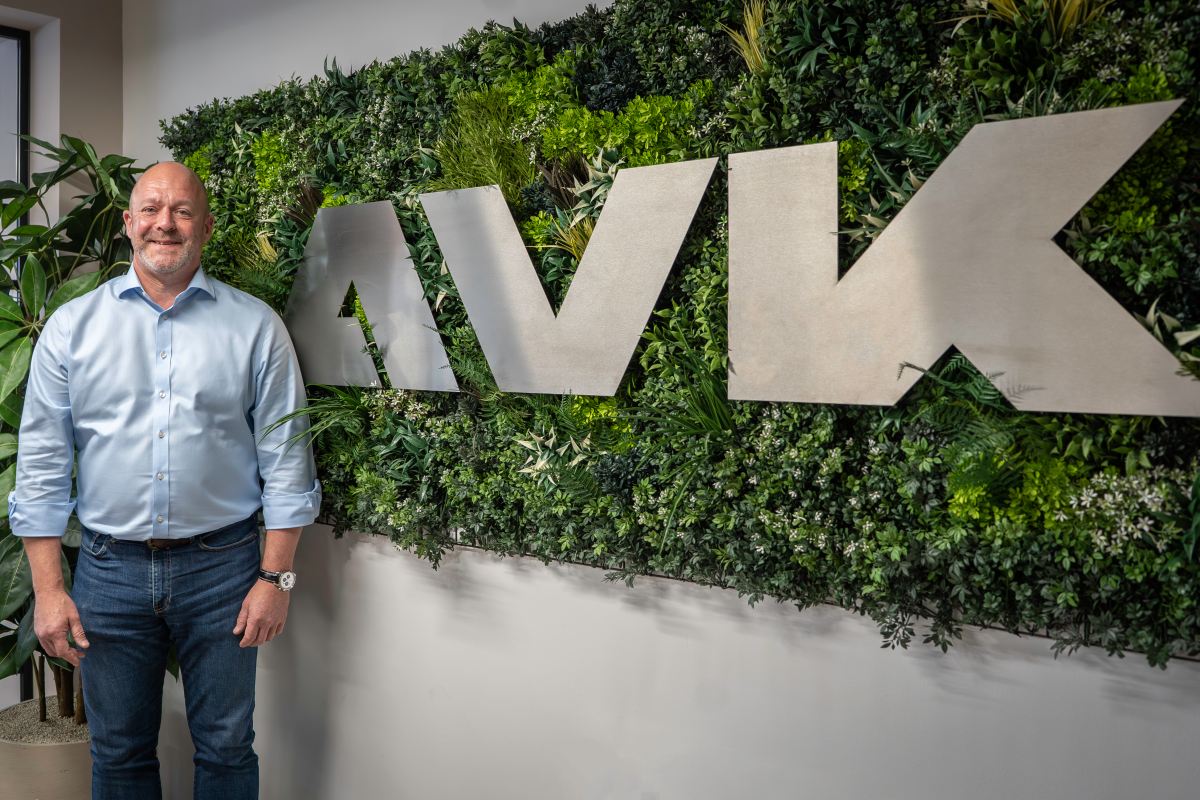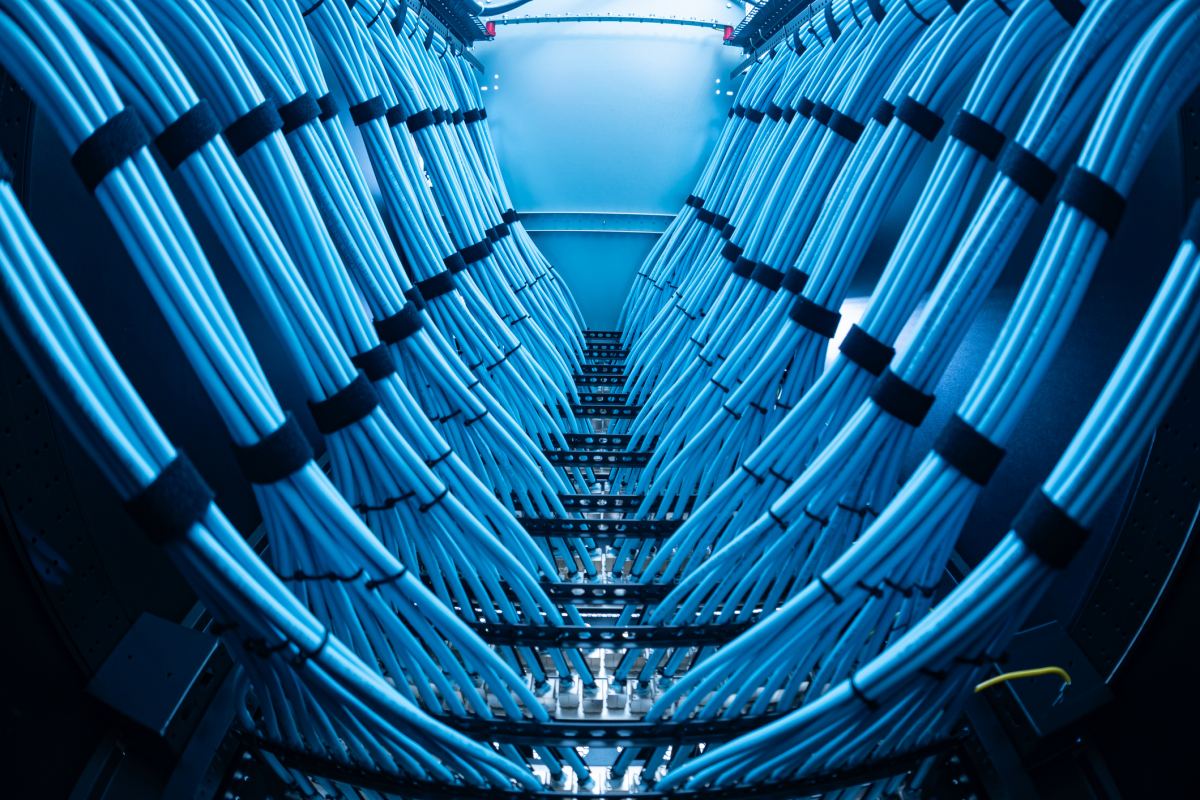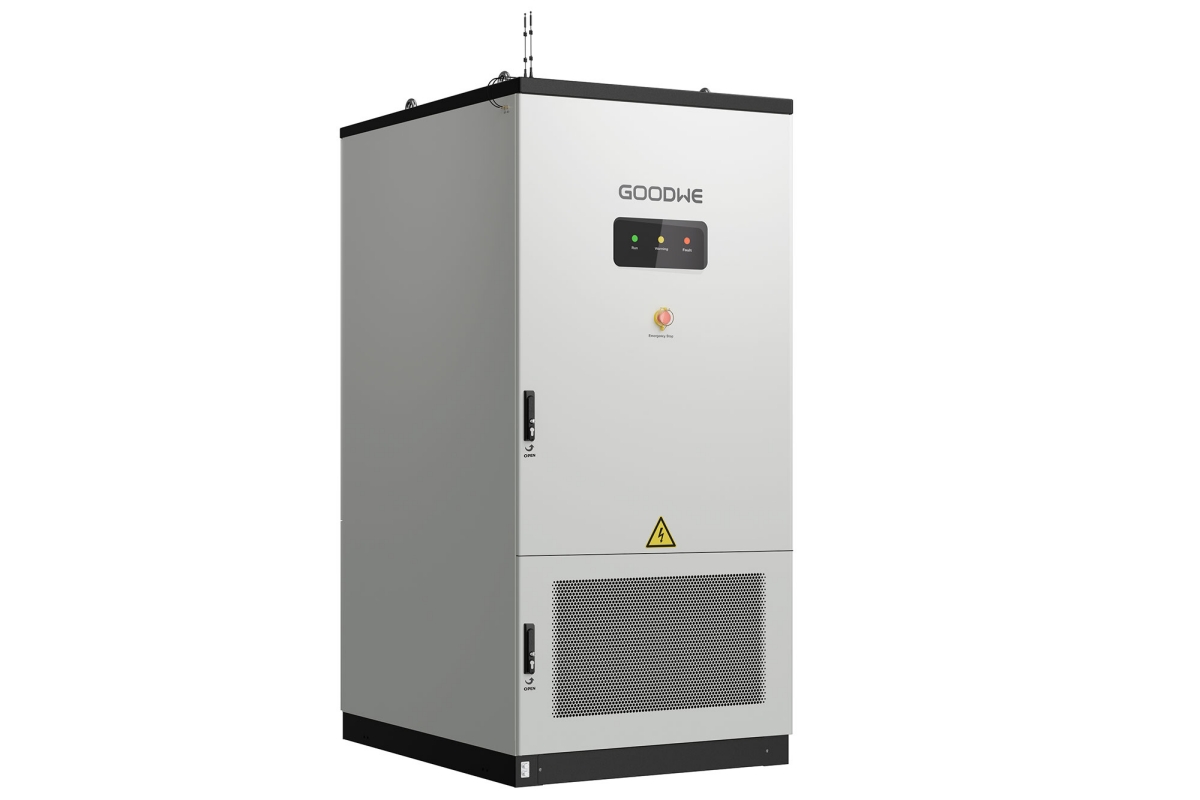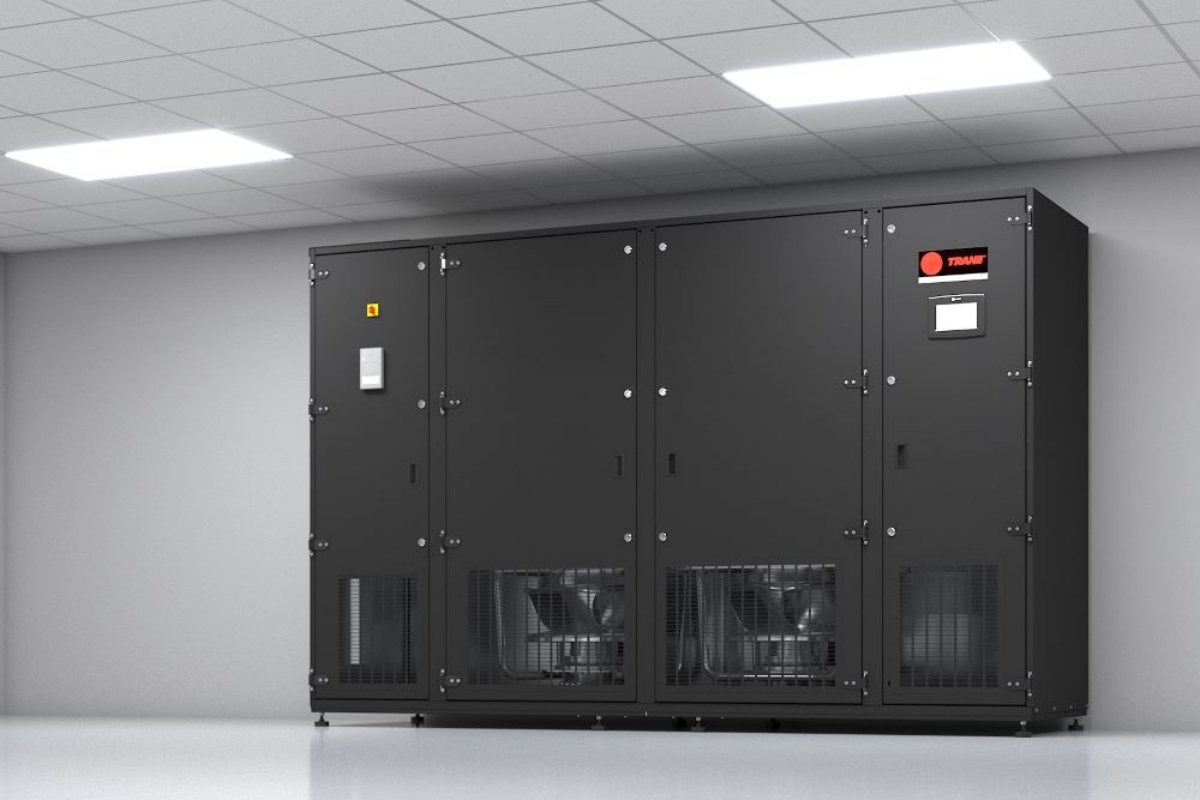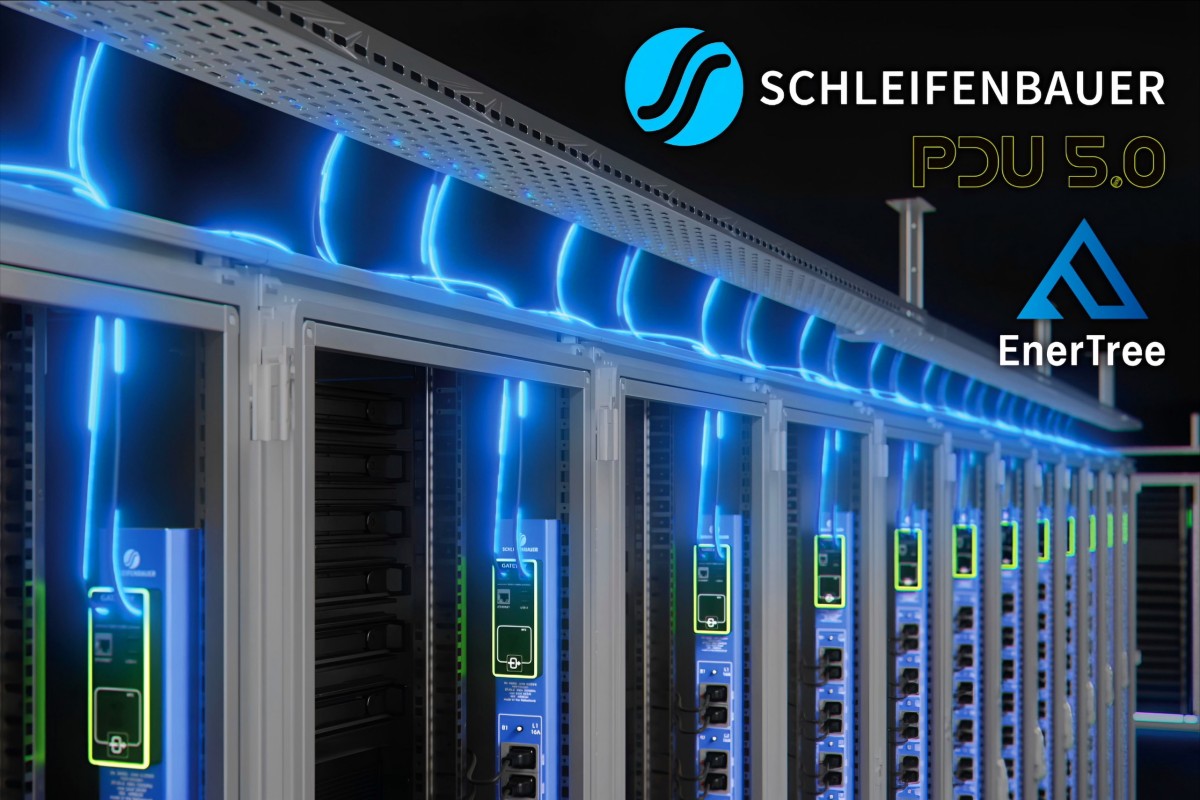Innovations in Data Center Power and Cooling Solutions
Data Centre Infrastructure News & Trends
Innovations in Data Center Power and Cooling Solutions
Liquid Cooling Technologies Driving Data Centre Efficiency
Castrol and Airsys partner on liquid cooling
Castrol, a British multinational lubricants company owned by BP, and Airsys, a provider of data centre cooling systems, have formed a partnership to advance liquid cooling technologies for data centres, aiming to meet the growing demands of next-generation computing and AI applications.
The collaboration will see the companies integrate their technologies, co-develop new products, and promote greater industry awareness of liquid cooling. A recent milestone includes Castrol’s Immersion Cooling Fluid DC 20 being certified as fully compatible with Airsys’ LiquidRack systems.
Addressing rising cooling demands in the AI era
The partnership comes as traditional air-cooling methods struggle to keep pace with increasing power densities.
Research from McKinsey indicates that average rack power density has more than doubled in two years to 17kW. Large Language Models (LLMs) such as ChatGPT can consume over 80kW per rack, while Nvidia’s latest chips may require up to 120kW per rack.
Castrol’s own research found that 74% of data centre professionals believe liquid cooling is now the only viable option to handle these requirements. Without effective cooling, systems face risks of overheating, failure, and equipment damage.
Industry expertise and collaboration
By combining Castrol’s 125 years of expertise in fluid formulation with Airsys’ 30 years of cooling system development, the companies aim to accelerate the adoption of liquid cooling.
Airsys has also developed spray cooling technology designed to address the thermal bottleneck of AI whilst reducing reliance on mechanical cooling.
"Liquid cooling is no longer just an emerging trend; it’s a strategic priority for the future of thermal management," says Matthew Thompson, Managing Director at Airsys United Kingdom.
"At Airsys, we’ve built a legacy in air cooling over decades, supporting critical infrastructure with reliable, high-performance systems. This foundation has enabled us to evolve and lead in liquid cooling innovation.
"Our collaboration with Castrol combines our engineering depth with their expertise in advanced thermal fluids, enabling us to deliver next-generation solutions that meet the demands of high-density, high-efficiency environments."
Peter Huang, Global President, Data Centre and Thermal Management at Castrol, adds, "Castrol has been working closely with Airsys for two years, and we’re excited to continue working together as we look to accelerate the adoption of liquid cooling technology and to help the industry support the AI boom.
"We have been co-engineering solutions with OEMs for decades, and the partnership with Airsys is another example of how Castrol leans into technical problems and supports its customers and partners in delivering optimal outcomes."
For more from Castrol, click here.
Joe Peck - 5 September 2025
Data Centre Infrastructure News & Trends
Innovations in Data Center Power and Cooling Solutions
News
AVK appoints new Chief Operating Officer
AVK, a UK provider of power systems and electrical infrastructure for data centres, has announced the appointment of Paul Hood as its new Chief Operating Officer (COO). He brings extensive experience from senior roles in the data centre sector, including positions at Yondr Group, Pure Data Centres Group, Barclays, and JP Morgan.
Paul was formerly Managing Director and then COO of Yondr Group, and Global Operations Director and MD (Africa region) at Pure Data Centres Group. His career also includes 13 years at JP Morgan, where he oversaw the company’s entire data centre infrastructure across Europe, the Middle East, and Africa, managing an annual budget of $90 million (£67 million).
Industry experience
Paul’s background is rooted in systems and control engineering for building services, later expanding to building electrical systems management. He has also planned and administered multi-million-pound engineering budgets, conducted inspections in health, safety, and fire prevention, and co-founded the Universal Technical College network of STEM-focused schools.
Ben Pritchard, CEO of AVK, comments, “I am genuinely excited about Paul joining our team. He has a superb engineering brain, he is a very logical thinker, and he has a real passion for working hard. Essentially, he believes in what he does. Paul doesn’t just bring vast global experience to AVK; he is a leader who has done it all.”
Paul says, “I’ve known AVK for 30 years and I understand exactly where the company has come from and where it is going in this incredibly competitive industry. I am delighted to be working with some of the most committed infrastructure engineers in the world. I’m also known for investing in people, getting decisions done, and getting things over the line, and I’m truly excited about my forthcoming journey at AVK.”
Future role at AVK
Paul’s appointment comes as AVK pursues growth in integrated power infrastructure for data centres, including prime power, microgrids, standby, and modular energy systems. He is expected to play a key role in expanding service and maintenance operations, developing client relationships, and supporting long-term partnerships.
For more from AVK, click here.
Joe Peck - 2 September 2025
Data Centre Infrastructure News & Trends
Innovations in Data Center Power and Cooling Solutions
Sponsored
Powering data centres sustainably in an AI world
Data centres are getting bigger, denser, and more power-hungry than ever. Artificial intelligence's (AI) rapid emergence and growth only accelerates this process. However, AI could also be an enormously powerful tool to improve the energy efficiency of data centres, enabling them to operate far more sustainably than they do today.
This creates a kind of AI energy infrastructure paradox, with Hitachi Energy posing the question: Is AI a friend or foe of data centres' sustainability?
In its technical brief, the company explores:
• The factors that are driving the rapid growth in data centre energy demand,
• The steps taken to mitigate fast-growing power consumption trends, and
• The role that AI could play in the future evolution of both data centre management and the clean energy transition.
Register below to download the whitepaper now:
[ninja_form id='4']
Joe Peck - 1 September 2025
Data Centre Infrastructure News & Trends
Innovations in Data Center Power and Cooling Solutions
Sponsored
AI is reshaping the grid — is your data centre ready?
As Hitachi Energy explains, AI is driving explosive demand—and volatility—in data centre power needs. Today’s 'AI factories' require flexibility, speed, and sustainability. Traditional baseload planning won’t cut it.
Digitalisation enables real-time load shifting, renewable alignment, and grid responsiveness. Energy availability is now the top constraint, making early collaboration with utilities and infrastructure partners essential.
Capabilities like storage, on-site generation, and load shaping—once optional—are now critical. And no single player can solve this alone. Deep cross-sector collaboration is the key to building resilient, scalable systems.
We’ve seen it work: when energy and IT teams align early, results are faster, cleaner, and more adaptable.
AI is changing the grid and data centres must evolve. Flexibility isn’t an option for data centres: it’s the foundation.
Read the full article to discover how to power data centres smarter, faster, and more sustainably.
For more from Hitachi, click here.
Joe Peck - 26 August 2025
Data Centre Infrastructure News & Trends
Data Centres
Innovations in Data Center Power and Cooling Solutions
'Decentralised energy key against DC construction bottlenecks'
Following warnings the UK risks missing out on significant investment in artificial intelligence (AI) facilities due to grid connection concerns, British temporary power and temperature control company Aggreko is encouraging operators to explore other options to best address ongoing bottlenecks.
Digital Realty, a data centre developer, has called for overhauls of Britain’s energy grid and planning system to ensure reliable power supplies for new facilities. With AI-related tasks requiring higher workloads from data centres, owners and operators are under increasing pressure to maintain site efficiency, resilience, and uptime.
With the number of data centres in the UK set to increase by almost a fifth, grid connection delays continuing as a concern, and the National Grid under increasing strain to facilitate ever-growing power demand, Aggreko is highlighting how decentralised energy provision could help project managers navigate these pressures.
The company’s recent whitepaper, Bridging the Energy Gap for European Data Centres, explores how on-site power generation can play a key role in ensuring data centre construction and commissioning remains on track.
“Our conversations with data centre owners and operators show Digital Realty’s concerns are echoed throughout the sector,” says Billy Durie, Global Sector Head for Data Centres at Aggreko.
“As with a great many other places, AI is set to have a transformative impact on the data centre industry. But if it is to do so, reliable power sources are key. The lengthening queues for grid connections provide proof that these sources cannot be guaranteed via the grid.
"While in the long run planning reforms will make it easier to deliver the necessary infrastructure needed to power facilities handling AI-heavy workloads, bridging power is required in the short- to medium-term. It is essential to ensuring UK data centre construction can continue to meet skyrocketing demand and not miss out on the huge levels of investment that come with AI technologies.”
The challenge of procuring suitable equipment in tier one and tier two markets has proved a historical impediment for data centre owners and operators looking to invest in permanent decentralised energy solutions. But with projects running the risk of stalling amid the AI boom, Billy is encouraging relevant stakeholders to consult the supply chain and explore procurement strategies based around temporary equipment hire in the short-, medium-, and long-term.
Aggreko, for example, has recently integrated Stage V HVO-fuelled generators and customisable SCADA controls at a critical UK facility, aiming to provide a robust standby power solution to ensure site resilience and reduce emissions, independent of grid connection status.
“Data centre construction and commissioning must continue as unhindered as possible if facilities are to be brought online within strict project timescales,” Billy continues. “However, grid connection delays and a scarcity of decentralised energy solutions available for outright purchase means deadlines may be missed.
“Yet power is power, whether it comes from the grid or a hired generator. It is therefore vital project stakeholders and facility operators investigate different strategies for procuring necessary energy supplies.
"Leveraging third-party expertise within the supply chains can help these organisations access the expertise and capacity to swiftly deploy energy-efficient and scalable technologies on a hire basis so they can meet specific site needs.”
For more from Aggreko, click here.
Joe Peck - 21 August 2025
Data Centre Infrastructure News & Trends
Innovations in Data Center Power and Cooling Solutions
News
Products
GoodWe introduces liquid-cooled energy storage system
GoodWe, an inverter manufacturer and smart energy system provider, has launched the ESA Series, an all-in-one, liquid-cooled energy storage system designed for commercial and industrial (C&I) applications.
The unit provides 125kW nominal output power and 261kWh storage capacity, as well as integrating the power conversion system, battery cells, energy management system, and battery management system into a single cabinet.
The system can be scaled by connecting up to 15 units in parallel, supporting a maximum total capacity of 3.91MWh in grid-connected scenarios. GoodWe says the design allows for simplified installation, operation, and maintenance whilst offering flexible expansion.
Performance and safety features
The ESA cabinet has a footprint of 1.47m² and an energy density of 177.6kWh per square metre, aimed at sites with limited space. It incorporates 314Ah lithium iron phosphate (LFP) cells and liquid cooling technology to regulate temperatures across the system. The storage supports 6,000 cycles and operates in temperatures from -25°C to 55°C.
The ESA 125kW/261kWh was tested under UL 9540A methodology and includes multiple safety measures, such as smoke detection, thermal sensors, combustible gas monitoring, and humidity control with automatic dehumidification.
Fire protection uses both active and passive approaches, including integrated aerosol suppression modules. TÜV Rheinland has certified the system for environmental adaptability across climatic, mechanical, chemical, electromagnetic, and specialised scenarios.
Deployment examples
GoodWe reports that early projects in China have demonstrated reductions in energy costs and improved operational efficiency. At its Guangde manufacturing site, nine ESA cabinets were installed in parallel to provide large-scale storage. Another installation in De’an combined seven cabinets with wind and solar power to support an energy storage project for heavy-duty truck charging.
The system supports operating modes including peak shaving, demand management, energy trading participation, and off-grid backup power. In on-grid deployments, ESA units can be combined with GoodWe GT Series inverters and managed by the SEC3000C Smart Energy Controller to support up to 40 string inverters.
Joe Peck - 21 August 2025
Data Centre Infrastructure News & Trends
Data Centres
Innovations in Data Center Power and Cooling Solutions
Products
Trane adds CRAH units to DC cooling portfolio
Trane, an American manufacturer of heating, ventilation, and air conditioning (HVAC) systems, has expanded its data centre thermal management range with the addition of a Computer Room Air Handler (CRAH) system.
The unit is designed to maintain airflow and temperature conditions for servers and other electronic equipment, aiming to support operational uptime while reducing energy use.
The CRAH system is equipped with Trane’s Symbio controller, which provides a broad capacity range and customisable configurations.
The controller enables leader designation and dynamic reassignment for up to 32 units, allowing continuous operation and access to digital tools for lifecycle management.
According to Trane, the new airside system is intended for both colocation and hyperscale data centre operators seeking flexible integration into existing or new-build facilities.
Steve Obstein, Vice President and General Manager, Data Centres, Trane Technologies, says, “Expansion of our airside offer gives our colo and hyperscale customers greater flexibility for configuring custom systems and addresses the growing trend toward a single-source solutions provider.”
Integration and lifecycle support
The CRAH addition is part of Trane’s wider approach to unifying and integrating thermal management systems through smart controls.
The company offers local service teams across North America and remote monitoring capabilities for predictive maintenance and operational oversight.
Recent updates to Trane’s thermal management portfolio include:
• Scalable liquid cooling platforms• A fan coil wall platform• Larger capacity and higher ambient temperature air-cooled chillers
The CRAH system has been developed to operate alongside these technologies as part of a consolidated data centre cooling strategy, with the aim of improving efficiency, reliability, and sustainability.
For more from Trane, click here.
Joe Peck - 12 August 2025
Data Centre Infrastructure News & Trends
Data Centres
Innovations in Data Center Power and Cooling Solutions
BSRIA first UKAS-accredited provider for BTS 4/2024
BSRIA, a consultancy and testing organisation, has become the first organisation to receive UKAS accreditation in accordance with BTS 4/2024 for airtightness testing of Raised Access Plenum Floors (RAPFs), following a successful ISO 17025 audit earlier in 2024.
The accreditation formally extends BSRIA’s scope of approved activities and introduces an industry-recognised methodology for testing RAPFs, which play a key role in airflow management in data centres.
Chris Knights, BSRIA Building Performance Evaluation Business Manager and lead author of BTS 4/2024, comments, “The UKAS accreditation ensures we continue to provide independent testing to the highest standards of quality, repeatability, and traceability.
"This is a significant advancement, enabling the industry to adopt a dedicated standard that supports higher-performing building services for owners and operators.”
BTS 4/2024 standard
The accreditation follows the introduction of BTS 4/2024 Airtightness Testing of Raised Access Plenum Floors, which sets out a methodology for measuring RAPF air leakage.
The standard is designed to support efficient airflow management by ensuring conditioned air in underfloor voids is directed to the intended occupied areas rather than escaping through cavities, risers, stairwells, or other adjacent spaces.
RAPFs are widely used in modern construction, particularly in data centres, where optimised airflow is important for both cooling performance and energy efficiency.
BTS 4/2024 supersedes previous guidance, BG 65/2016 Floor Plenum Airtightness – Guidance and Testing Methodology, and incorporates clearer guidance and refined testing processes developed in response to industry feedback.
Chris continues, “An effectively constructed and sealed raised access plenum floor is essential for achieving the air distribution performance intended during the design phase.
"The methodology in BTS 4/2024 provides clear criteria and a step-by-step process for verifying as-built performance.
"With increasing demand for high-performing environments such as data centres, specifying BTS 4/2024 supports effective air distribution and helps ensure RAPFs deliver on design intent.”
Joe Peck - 11 August 2025
Data Centre Build News & Insights
Data Centre Infrastructure News & Trends
Data Centre Projects: Infrastructure Builds, Innovations & Updates
Innovations in Data Center Power and Cooling Solutions
Joule, Caterpillar, Wheeler to power Utah DC
Joule Capital Partners, an infrastructure company, Caterpillar, a manufacturer of construction equipment, and Wheeler Machinery, a dealer of heavy construction equipment, have jointly announced an agreement to power Joule’s High Performance Compute Data Center Campus in Utah.
Joule says it aims to create the largest single campus in Utah.
Bringing multiple gigawatts of capacity to Utah
This initiative will provide four gigawatts of total energy to the centre of the Intermountain West.
The project will deliver prime power and integrated combined cooling heat and power (CCHP) systems with a by-design liquid cooling architecture.
Powered by a fleet of Caterpillar’s latest G3520K generator sets and support equipment, the distributed generation system produces electricity and captures waste heat to power and cool high-density server systems.
The provision includes 1.1 gigawatt hours of grid forming battery energy storage along with backup power generation served by diverse fuel sources.
Due to Caterpillar’s US-based manufacturing footprint, the full generation package should be able to be delivered ahead of other generation technologies. This speed-to-power advantage could be critical for meeting the growth in demand for compute capacity.
Beyond the gensets, this integrated system includes the controls, switchgear, inverters, energy storage, and CCHP, providing a total power provision for the Joule data centre.
Caterpillar and Wheeler will also provide service and support for the products and systems, aiming to ensure uptime and availability targets are met.
Comments
“This project represents the core of Joule’s mission: to deliver artificial-intelligence-(AI)-ready compute capacity by pairing world-class data centre campuses with reliable, on-demand power,” says David Gray, President of Joule Capital Partners.
“By combining Caterpillar’s advanced energy systems with Wheeler’s local expertise, we can bring gigawatt-scale capacity to market faster and more efficiently than ever before, ensuring our tenants have the power and reliability they need to thrive in the next generation of high-performance computing.”
Melissa Busen, Senior Vice President of Electric Power at Caterpillar, adds, “Caterpillar is uniquely positioned to tackle the growing energy needs for artificial intelligence and the evolving needs of modern infrastructure.
"This project is a perfect example of how we can deliver fast, reliable power generation to our customers through integrated energy solutions. We are proud to work with Joule and Wheeler to help bring this project to life.”
Bryan Campbell, CEO of Wheeler Machinery, claims, “This strategic alliance between Joule, Caterpillar, and Wheeler brings together world-class engineering, local expertise, and visionary energy design.
“We’re proud to help deliver a resilient solution ready to meet future compute demands and set a new standard for data centre infrastructure.”
Joe Peck - 8 August 2025
Data Centre Infrastructure News & Trends
Data Centres
Innovations in Data Center Power and Cooling Solutions
News
Mayflex signs distribution agreement with Schleifenbauer
Mayflex, a UK-based distributor of converged IP infrastructure, networking, and electronic security products, has announced a new distribution agreement with Schleifenbauer, adding the Netherlands-based manufacturer’s power distribution units (PDUs) and energy management tools to the Elevate brand’s data centre infrastructure portfolio.
The partnership aims to support Mayflex’s ongoing focus on high-performance computing (HPC) and data centre (DC) environments, with a particular emphasis on providing equipment that is efficient, scalable, and compliant with European standards.
Schleifenbauer, which designs and manufactures its products in the Netherlands, will supply intelligent PDUs and related energy management software for integration into the Elevate range.
The collaboration hopes to enhance delivery times and flexibility, particularly for UK and Ireland customers.
Product and operational features
The partnership will see the inclusion of several features designed to improve operational performance and ease of use across data centre projects:
• European manufacturing — All Schleifenbauer equipment is produced in the Netherlands, allowing for consistent quality control, shorter lead times, and full EU regulatory compliance.
• Customisable production — The company offers a flexible manufacturing model with no minimum order requirements. This allows Mayflex customers to request individual units for trial projects, or bulk orders for larger-scale deployment, while maintaining consistent performance standards.
• Energy monitoring software — Schleifenbauer’s energy management platform is available at no extra cost. The software enables real-time monitoring and optimisation of energy usage across installations.
• Hot-swappable modules — PDUs include hot-swappable control components, enabling updates or maintenance without downtime.
• Short lead times — Schleifenbauer’s production model supports faster turnaround and delivery times, which Mayflex aims to leverage across the Elevate product range.
Comments from the companies
Simon Jacobs, Product Manager at Mayflex, says, “We’re excited to welcome Schleifenbauer as a technology partner to our Elevate brand. Their intelligent power solutions are a perfect fit for our growing data centre portfolio.
"The combination of European manufacturing, rapid lead times, and advanced features - like hot-swappable modules and free energy management software - makes this a compelling proposition for our customers.”
Stuart Edmonds, UK and Ireland Sales Manager at Schleifenbauer, adds, “Partnering with Mayflex is a strategic move that allows us to expand our reach in the UK and Ireland.
"Mayflex’s reputation for technical excellence and customer service aligns perfectly with our values. Together, we’re well-positioned to support the evolving needs of the HPC and data centre markets.”
Joe Peck - 31 July 2025

Head office & Accounts:
Suite 14, 6-8 Revenge Road, Lordswood
Kent ME5 8UD
T: +44 (0)1634 673163
F: +44 (0)1634 673173

